Fern is a favorite of many experienced and novice gardeners. Lush greenery and sprawling lush foliage have an attractive appearance and are able to decorate any room. Caring for an indoor fern is not at all complicated at home. He feels great on the windowsill, and on a special stand, and in a hanging planter.
Homeland plants are tropical forests of South America. It was from there that ferns spread around the world. They perform not only a decorative, but also a practical function: they perfectly clean the air in the room and eliminate dust. Perhaps for this reason it is customary to use ferns in places with a large crowd of people. They decorate halls and foyers, medical and educational institutions.
The beauty of ferns, their popularity and relative unpretentiousness distinguish them among many houseplants.
Content
Signs about indoor fern and the history of cultivation
Ferns are distributed throughout the Earth, and each nation has its own legends, beliefs and signs associated with it. Whatever talk surrounds the plant, they all come down, in fact, to one thing - the fern is endowed with mystical power.
A characteristic feature of ferns is their lack of flowering period. And it is this fact that gives rise to many legends around the plant. Among the Slavic peoples, the holiday of Ivan Kupala is widely known, the main idea of which is the flowering of ferns. It is believed that it is on this single night of the year that a flowering plant can be seen. The reward in this case will be finding happiness or finding treasure.
The existing beliefs are ambiguous: the bush is endowed with both positive and negative properties. Among the undoubted advantages of home flower maintenance, its ability to positively affect the psychological atmosphere in the house is highlighted. Fern is recommended to be kept in large families, where each has its own character. The presence of the plant in the house brings the tenants together, reduces the level of aggression and irritability, promotes peace and tranquility.
In addition, according to legend, a flower attracts fortune to those who are passionate about games, contributes to their financial success and protects against unreasonable and unforeseen expenses. There are many stories about the sudden enrichment after the acquisition of indoor fern. True or not, it's hard to say. This only indicates that the flower in the house is not a cause for concern and fears.
On the other hand, the bush is endowed with dark magical power. It is believed that he is a kidnapper of happiness and prosperity, a source of misery and grief. According to legends, he absorbs all the positive energy in the house, spending it on his own growth. Moreover, its owners experience a state of powerlessness and emptiness, apathy and even depression. Another argument against keeping the plant in the house is that it can attract sudden illnesses, cause strife and failure.
Be that as it may, these are just legends. A beautiful and healthy indoor plant is worth growing at home. It does not require complicated care, and its appearance will become a source of good mood.
 You may be interested in:
You may be interested in:Characteristics of indoor fern and its types
Ferns are one of the most ancient herbaceous plants on the globe. Their history goes back hundreds of thousands of years, and the appearance and method of propagation are not at all typical of most plants.
Ferns do not bloom. In the natural environment, they multiply by spores that are located on the back of the leaf. And leaves are not really foliage. Their correct name is vayi or leaf plates. Contrary to popular belief, waiyi can not only have a dissected appearance.
In nature, there are many species that have elongated leaves or many rounded small ones. The roots of the flower, like other epiphytes, are shortened. In addition, the plant gives airy roots, which, when hit in the ground, easily take root and give life to a new flower.
Species diversity includes more than two thousand varieties. Not everyone is suitable for growing at home. The most common types among gardeners include the following species, shown in the photo:
- Nephrolepis is the most common species found in residential buildings. The leaves are carved and pinnate, juicy green, bend with growth in different directions. It is considered the most unpretentious.
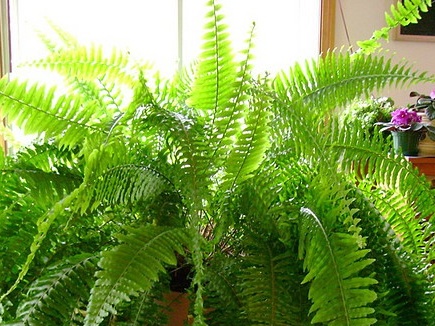
Nephrolepis - Adiantum has openwork leaves that twist at the ends. Requires high humidity and shade. The best place to grow it is considered special greenhouses or botanical gardens.
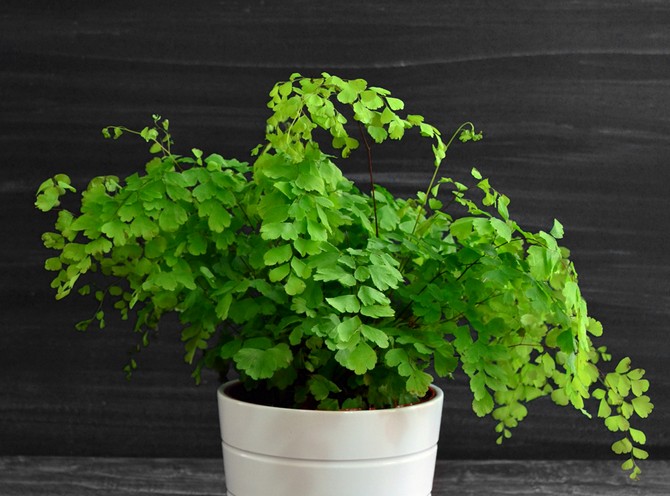
Maidenhair - Asplenium. This species is characterized by lanceolate leaves. They can be either slightly dissected or carved. For home breeding, nesting asplenium is considered most suitable. The height of an adult plant in indoor conditions rarely exceeds 70 cm, in nature it can grow up to two meters.
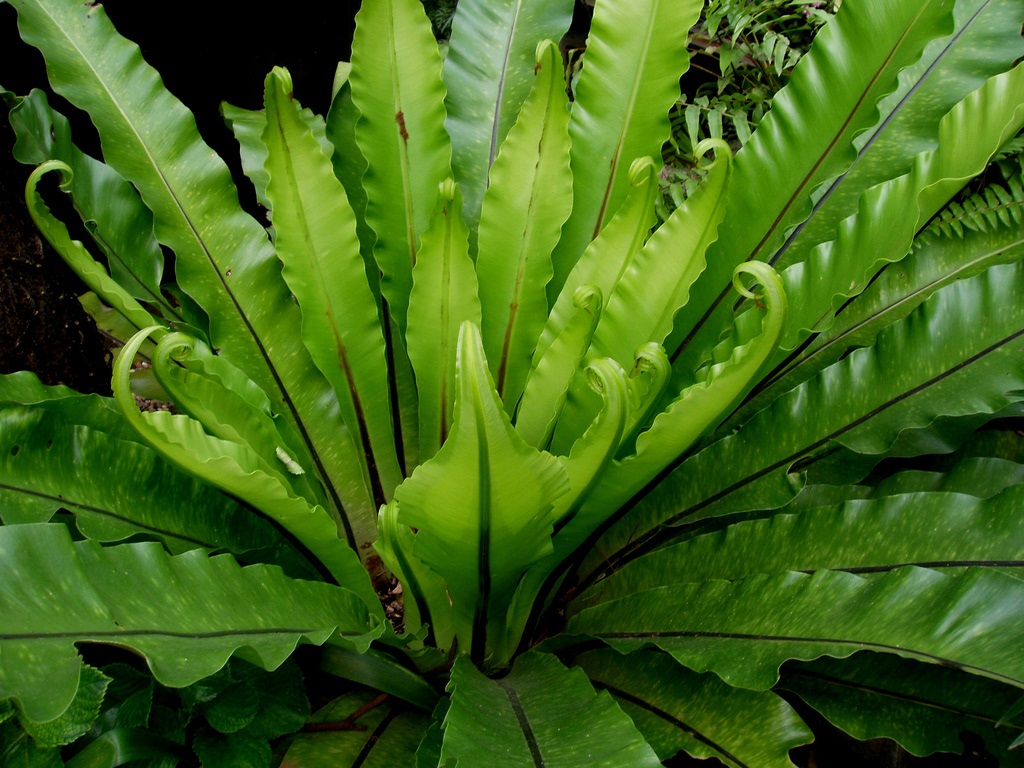
Asplenium - Platicerium, or flatfoot. The plant got its name because of its resemblance to deer horns. It has about 15 varieties and is very popular among gardeners. Prefers high humidity and soft diffused light.
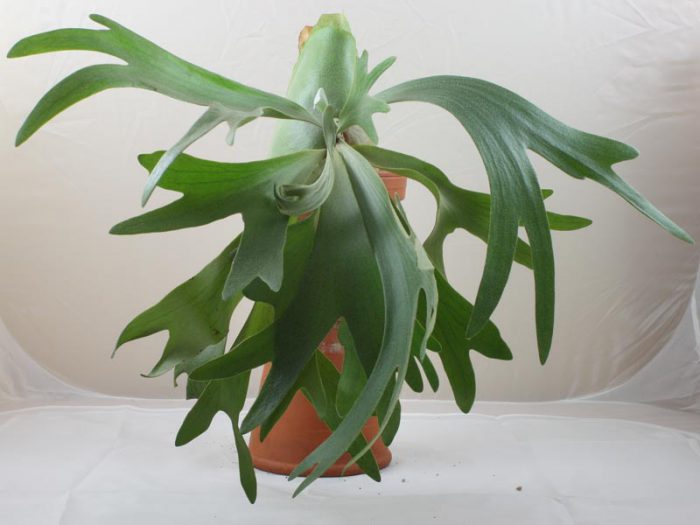
Platicerium - Polypodium, or millipede. Vayi are deeply dissected, and the stems are almost completely absent. The roots are located on the surface of the soil. A feature of this species is the growth in width, the height of the plant rarely exceeds 50 cm. This species is able to grow at low humidity.
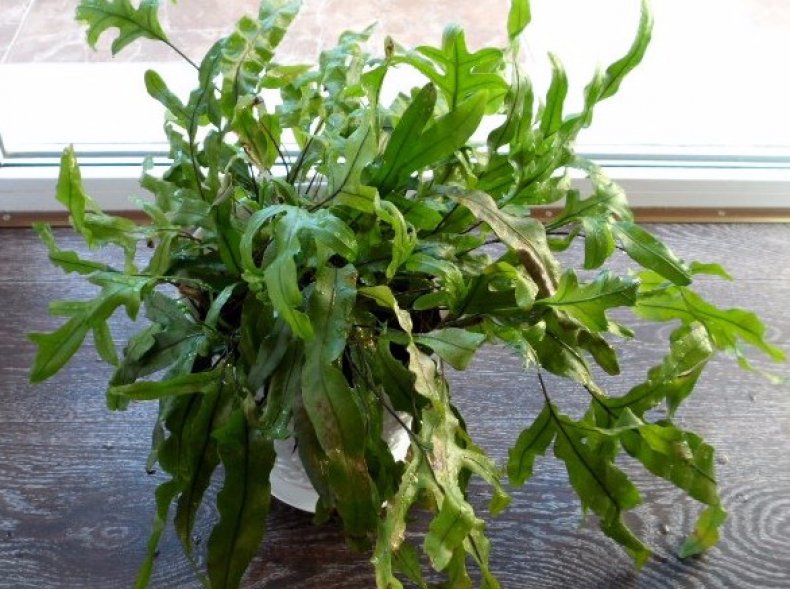
Polypodium - The common ostrich has leaves that look similar to ostrich feathers. It grows quickly and picky in the content. Often used in the decoration of alpine slides, as it does not require special care. In nature, there are four species, but only two are grown by man. In height, it can reach one and a half meters.
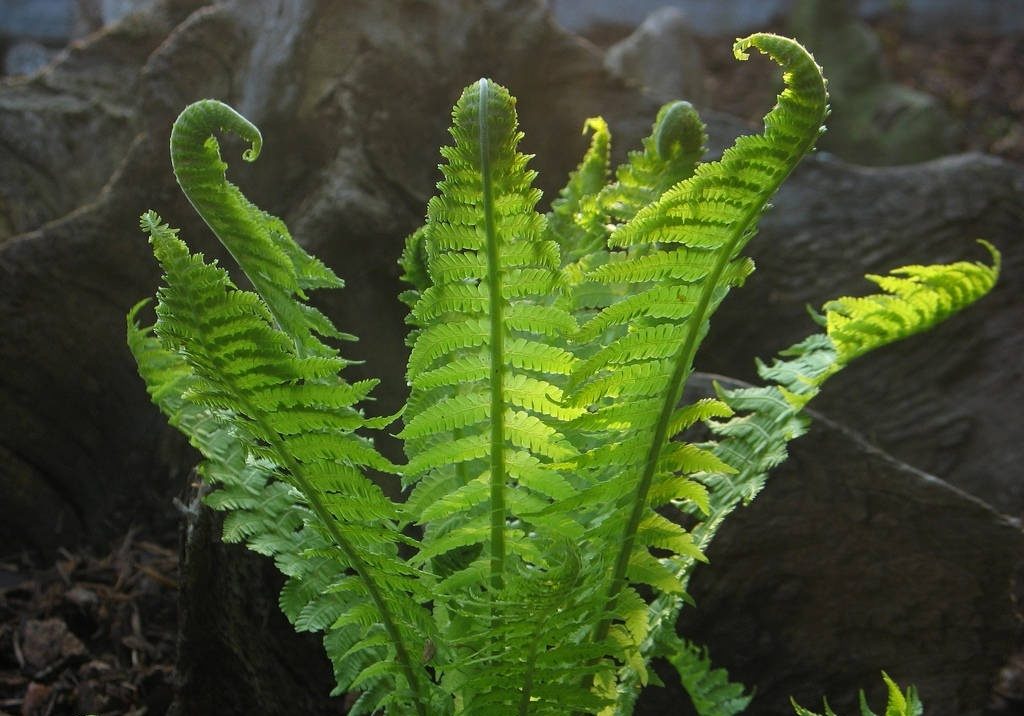
Ostrich - The thyroid is a large plant that has hard leaves, dissected, triangular or elongated. Most often used in landscape design. It is considered unpretentious and suitable for growing on personal plots.

Thyroid
When choosing a plant, one should take into account not only its appearance, but also the peculiarities of care. Not all types feel equally good in apartments with central heating, and for some it is completely contraindicated.
Fern Care at Home
In general, the plant is considered unpretentious for indoor maintenance. Nevertheless, when leaving, one should take into account its origin and climatic features of the regions that are considered its homeland. Some species are accustomed to bright light, others prefer shade or partial shade. The most important factors in flower content are humidity, temperature and lighting.
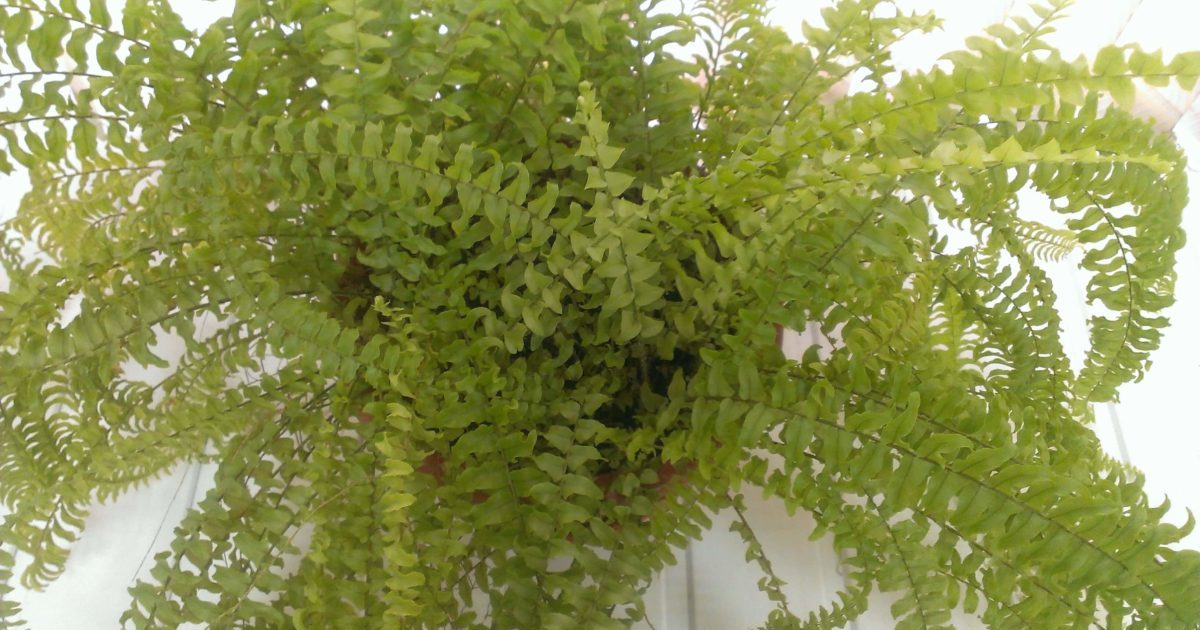 You may be interested in:
You may be interested in:Lighting
Fern ferns are very sensitive to bright light. And although the plant can be attributed to photophilous, it is better to protect it from direct sunlight. The bright sun will cause burns, and as a result, the plant will turn yellow or lose its juicy bright color.
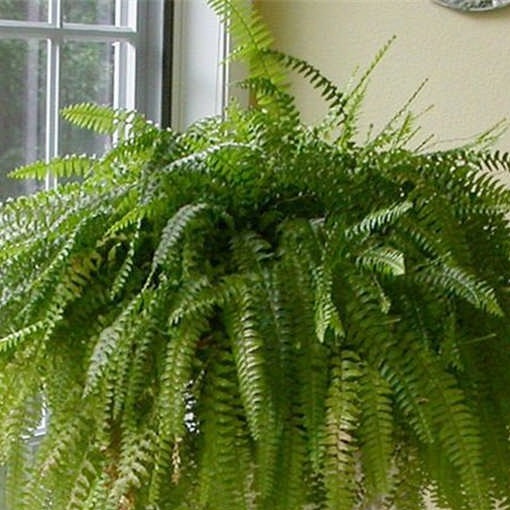
To avoid this, it is better to place the flower near light sources, but not from the south, but from the east. In addition, even perfect light on the windowsill can be a serious obstacle to the growth of the bush. A plant with wide spreading foliage will feel uncomfortable on a tight windowsill. It is better to place it on a stand or use a hanging planter.
Temperature and humidity
The best temperature for keeping fern is considered moderate, in the range from 15 to 23 degrees Celsius. Ideally, if there are no sudden changes in temperature conditions.
High humidity is a prerequisite for good bush growth. Dry air can lead to the death of the plant, so it is necessary to ensure that the humidity is in the range of 50-60%. To achieve the desired effect, the fern can be sprayed with cold water.
Watering and feeding
To maintain intense and lush greenery, it is necessary to observe the correct watering regime. The plant requires regular watering, otherwise it will dry out and lose its inherent elasticity. Water should be settled, without impurities and chlorine. The peculiarity is that the fern is watered through the pan. Water should not get on the shoots, and sprawling waiy often do not allow you to get to the ground and moisten it from above.
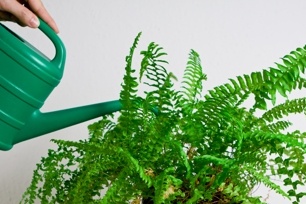
The period of active growth is an occasion to pay special attention to the plant. Not only regular watering is required, its moderation is also important. It is better if the plant receives moisture from the air. It is not worth pouring the soil, otherwise the roots will rot and the flower will die.
Fertilize the plant no more than once a month. In the winter, when the plant is at rest, top dressing is not performed. Fertilizer is added to water for irrigation. For these purposes, use universal dressing or special - for palm trees and ferns.
Diseases, pests and methods of dealing with them
Proper care of the bush almost completely eliminates plant diseases. However, some errors in the content lead to flower diseases:
- Excessive moisture leads not only to rotting of the root system. The leaves also lose their decorative appearance, become covered with brown spots, then dry and die.
- Cold water for irrigation is the cause of the appearance of nematodes. They affect both the leaves and the root system. It’s difficult to get rid of them. You can try transplanting the flower by treating it with Actellic, but even this does not guarantee the salvation of the plant.

Root nematode - In dry air, ferns most often suffer from aphids, scutes, or thrips. The best prevention of infection is regular spraying. If he falls ill, they must be treated with a standard insecticide.
Hygiene
Fern disease is always easier to prevent. To protect the flower from pests and diseases, you must follow simple rules:
- adhere to all basic care requirements;
- provide the necessary humidity;
- wipe the leaves or spray them;
- monitor the frequency of feeding - pale leaves are usually indicated by pale leaves;
- observe the temperature and light conditions.
With proper care, the fern will become a worthy decoration of the home and provide coziness and a pleasant microclimate in the house.
How to propagate and transplant a flower at home
Caring for home plants involves not only watering and nutrition. Almost everyone needs a transplant from time to time. Fern is no exception, and once a year it will most likely require a replacement pot.
Soil and pot selection
Indoor flower requires a special approach when choosing soil. In the wild, terrestrial species grow in loose earth. Growing in a pot also requires a particularly loose substrate. An ideal solution is considered to be a soil consisting of a mixture of leaf and sod land, as well as peat. All components must be taken in equal proportions.
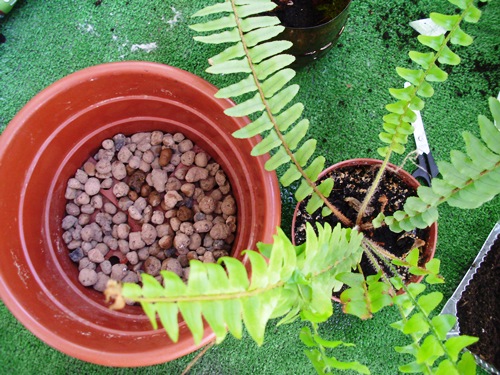
When adding sand, it must be ensured that it is not too small, otherwise the substrate will be dense and will not be able to pass air. For a fern, this is fatal. Loose soil is the key to its drying out and good ventilation, which is a prerequisite for forest residents.
When choosing a pot, you need to remember the structure of the root system of the bush. Since the roots are compact, it is better to choose a wide and shallow capacity. If the pot is deeper than necessary, it is filled approximately halfway with drainage.
Breeding
In the wild, ferns reproduce through spores. At home, such reproduction is not available; root partitioning is most often used. The best time to separate the roots is when the flower is transplanted. After extraction from the pot, the root system is examined and, if shoots are found in it, they are separated with a sharp object and planted in a separate container.
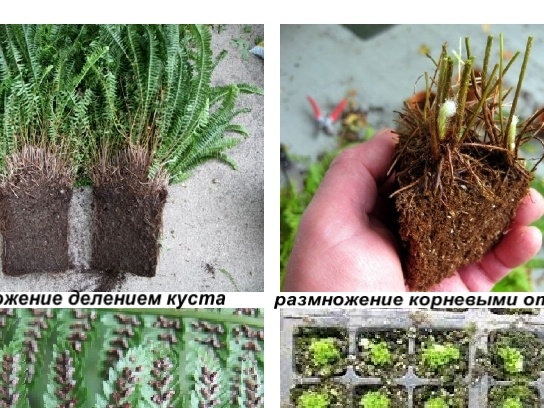
If there are no shoots, the root can be divided into two parts, and the resulting bushes can be planted in different pots. Before propagation, it is advisable to moisten the soil well so that the roots cleaned from it do not damage when unraveling.
Transfer
The most common reason for transplanting is a cramped pot. The plant is transplanted in the spring. If you do this in the autumn period, then the flower may not have time to recover before the onset of cold weather, and will die.
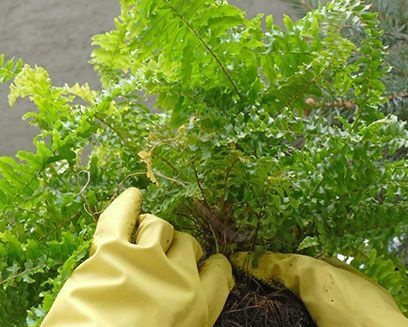
A pot is selected of a slightly larger diameter than the previous one, after placing drainage in it. A little new substrate is laid on top and the fern is moved along with a lump of earth from the old pot. Top add the right amount of fresh soil and water the flower.
If the root system has not grown much, you can replace the topsoil, and postpone the transplant until next year.
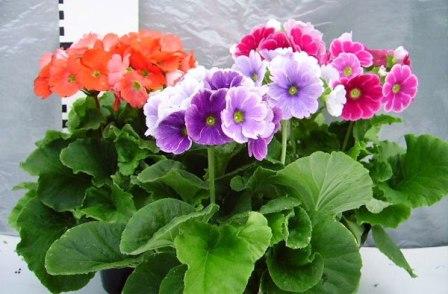 You may be interested in:
You may be interested in:Common Growing Questions
Even novice gardeners can create the necessary conditions for a fern. As a sign of gratitude, the plant will delight the household with bright and juicy greens, fresh air and a wonderful microclimate.

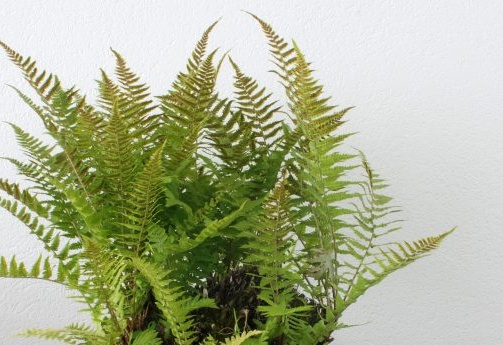
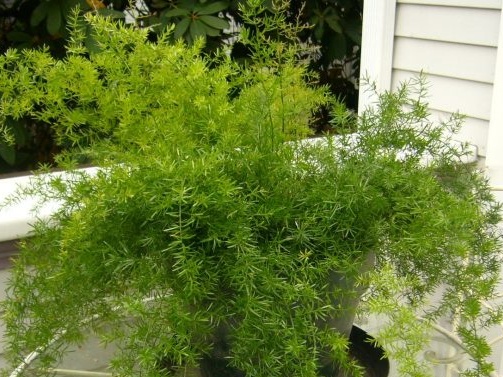
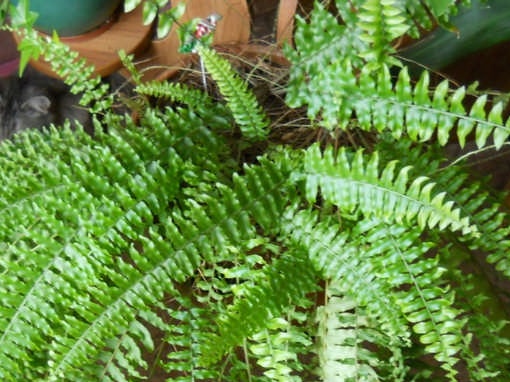
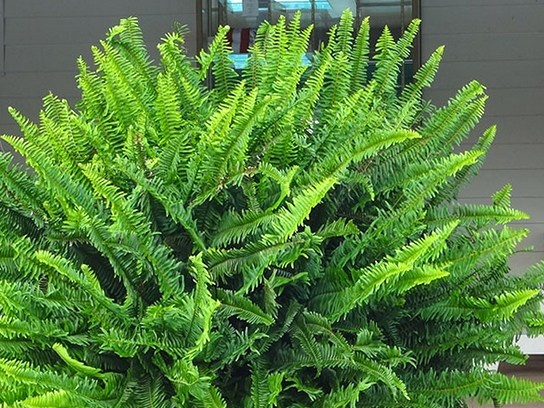
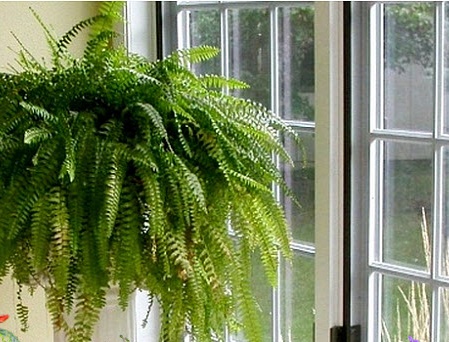
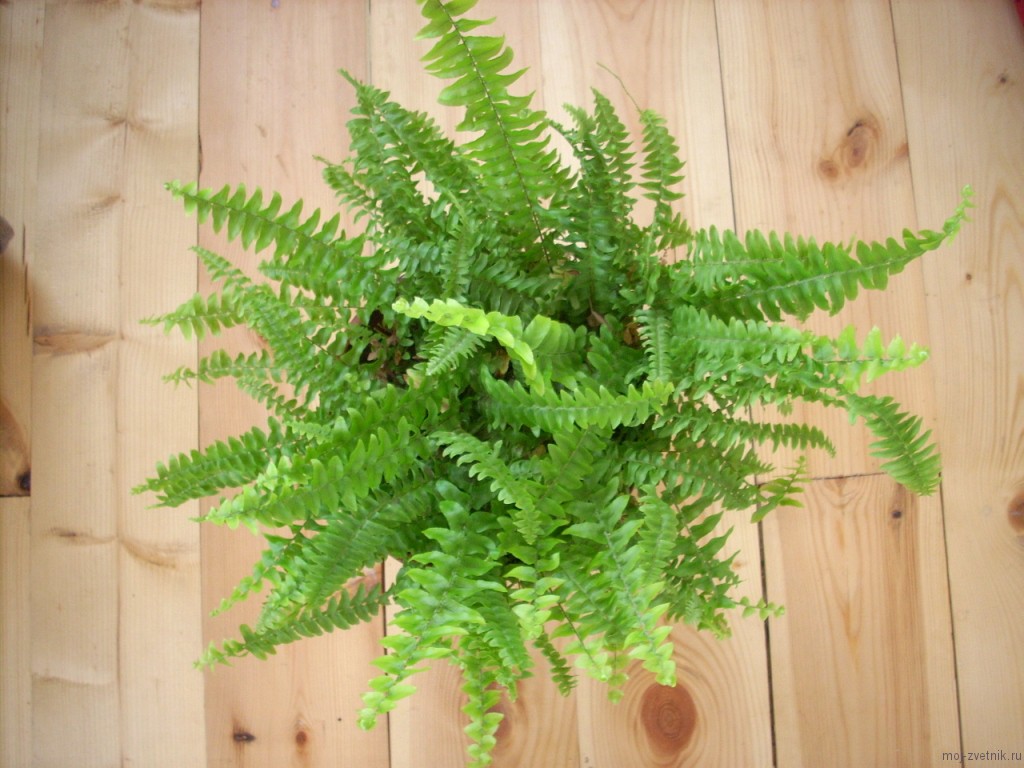
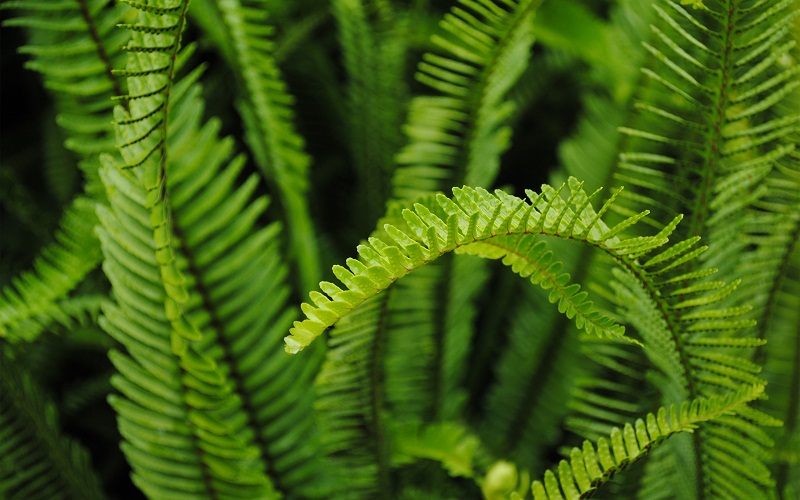
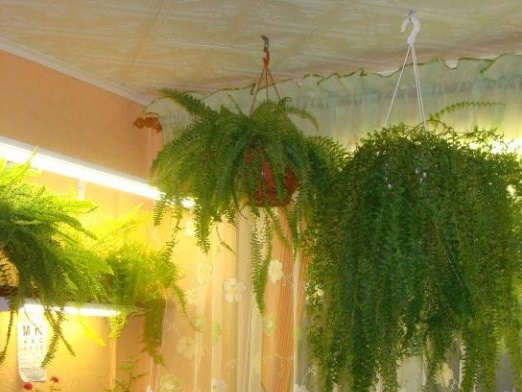




 10 beautiful annuals that bloom all summer
10 beautiful annuals that bloom all summer Sow in the ground, without seedlings: 10 beautiful and unpretentious flowers
Sow in the ground, without seedlings: 10 beautiful and unpretentious flowers Platicodon planting and outdoor care
Platicodon planting and outdoor care Hosta - planting and care in the open ground in the Urals
Hosta - planting and care in the open ground in the Urals